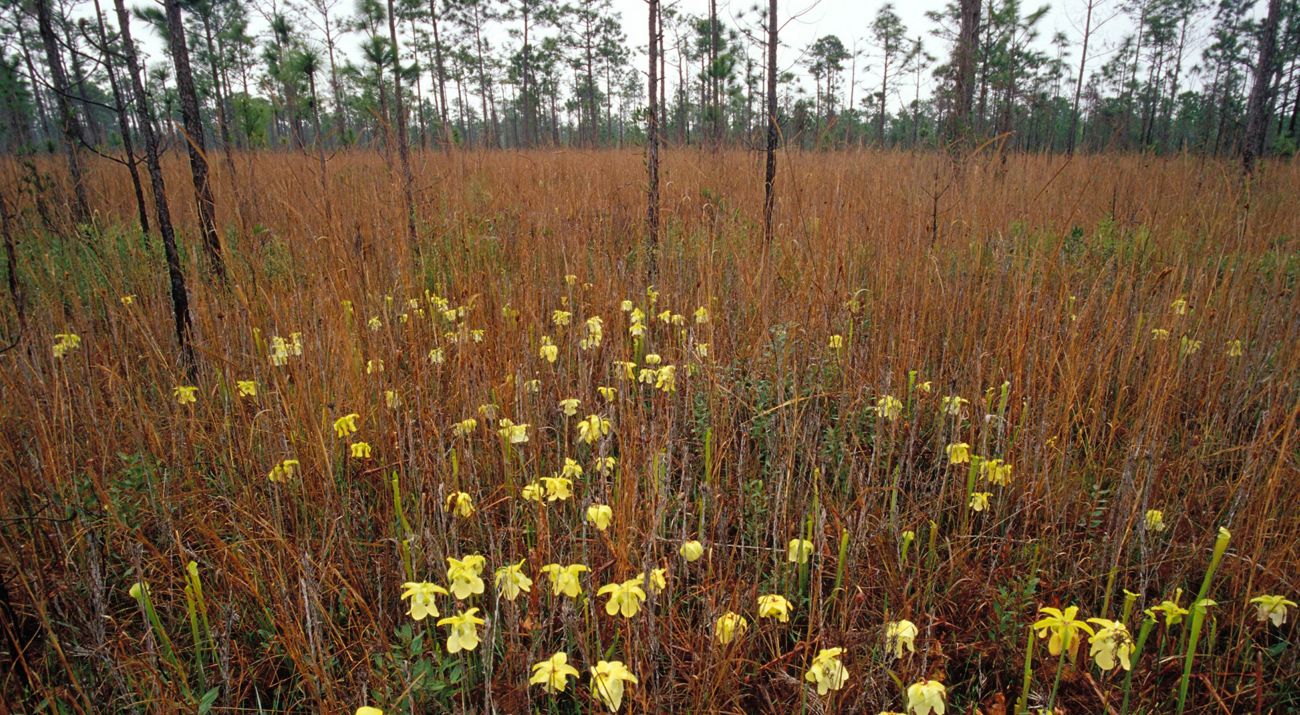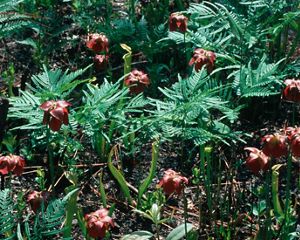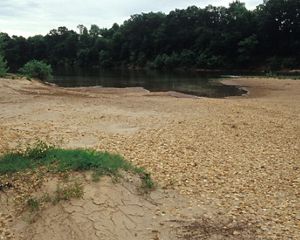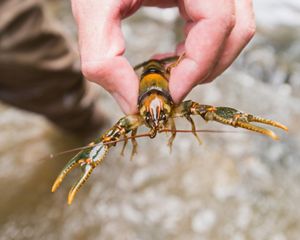The biological diversity of natural communities found at Grand Bay is some of the nation's finest.
Geography
The Grand Bay Savanna is an intact landscape of the mosaic of natural communities that once characterized the southern coastal plain. Located in southeastern Jackson County, Mississippi and southern Mobile County, Alabama, much of the biodiversity at Grand Bay is concentrated in the botanically rich wet pine savanna habitats. However, significant rare species occur in its other component communities as well. Other dominant community types are various woodland/shrublands, including coastal maritime forests and nearshore estuarine communities.
The biological significance of Grand Bay lies in the mosaic of natural community occurrences and the ecological processes that maintain them, specifically fire. At least 20 natural community types and 31 rare and imperiled species are found at Grand Bay, including 21 plant species, 4 crayfish species and 4 turtle species.
The biological diversity and complex of natural community assemblages represented at Grand Bay are among the nation's finest, although the future of these resources is not secure. Not unlike many of North America's finest natural areas, Grand Bay is besieged by a variety of environmental stresses, many related to the continued population growth in coastal Alabama and Mississippi. While outright habitat destruction is usually obvious, alteration and degradation of sensitive habitats can be subtler. Often occurring over long periods of time, habitat degradation lacks the dramatic impact of outright habitat destruction.
While habitat destruction is a key threat to Grand Bay, impacts from habitat degradation seem to be currently more impending. Degradation is occurring due to fragmentation from roads and utility corridors, the results of population growth; changes in water quality; spread of non-native species and the elimination of key natural ecological processes, such as periodic fire in this fire-adapted ecosystem.
Wildlife
Represented in the area is a mosaic of some twenty distinct natural communities and no less than 73 rare species. Grand Bay Savanna hosts impressive displays of flowering pitcher plants in the spring, and also supports one of the largest wet pine savannas in the nation. The Grand Bay Savanna also contains critical habitat for gopher tortoises, rare crayfish, rare aquatic turtles and migratory birds.
What TNC is Doing
To address the significant biodiversity and threats at Grand Bay, The Nature Conservancy opened a local office in 1995. Since that time the Conservancy has worked with several other conservation groups, and resource agencies to protect the integrity and restore the natural communities at Grand Bay. The United States Fish and Wildlife Service established the Grand Bay National Wildlife Refuge, and the United States Department of Commerce and the Mississippi Department of Marine Resources created the Grand Bay National Estuarine Research Reserve along the state line. The State of Alabama's Forever Wild Program has acquired 2500 acres as a nature preserve near Bayou La Batre.
In 1998 the Conservation Fund acquired through donation approximately 1200 acres from International Paper Company, that was incorporated into the National Wildlife Refuge.



